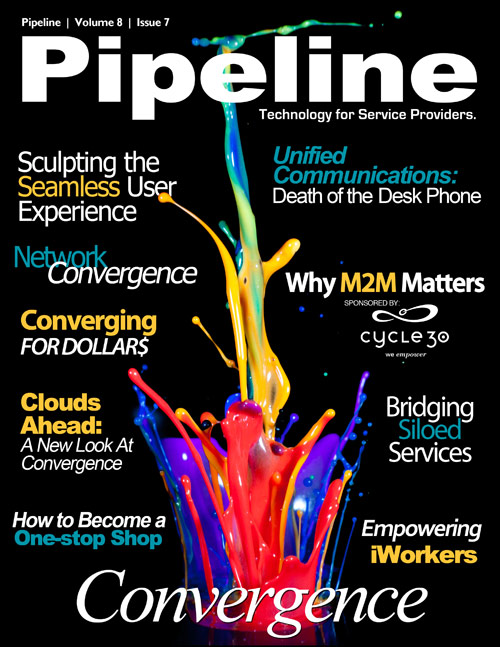Test the Service, Not the Server
While convergence promises the customer a one-size-fits-all solution, that's hardly the case for CSPs. Silos and Siloed services will continue to exist and operate, but the differentiator will be the ability of the OSS/BSS to collectively leverage the strength of each silo to allow additional services to come online to provide a truly unique customer experience and added value for customers on top of their existing services.
Silo-ed services, on their own, will already have many of the OSS/BSS systems in place because these networks are already set up to handle provisioning, billing and service assurance. But Sylor points out that that networks shouldn't ignore the service layer.
"Previously, knowing that the equipment was up and running was enough in order to know that the service it was dedicated to providing was up and performing well," Sylor said. "Today, that's not enough. You need what is sometimes called an end-to-end view but it is really a view of the service as a whole. My advice is to test the service, not the server. Monitor the service, not the circuit."
Sylor added secondly, you need a multi-play service assurance system that monitors all services, not just one or two.
"Just because you can deliver good Broadcast Video does not mean web browsing will work as well on the same network - or even work at all," Sylor said.
Integration ROI
While integration of quad-play services can be a painful and expensive undertaking for operators, Baker points out that integration is precisely what makes quad-play services profitable.
First, if each network and service is running independently with independent OSS/BSS solutions, it requires redundant teams and systems to maintain that service. Implementing a singleOSS/BSS solution across several siloed services and networks, allows a provider to effectively manage services together, which reduces operating costs.
Second, customers want a price-break on bundled services and being able to engage them with value-added services can make all the difference on an operator's bottom line. Bundles are nothing more than profit erosion mechanisms if operational efficiencies and seamless integration aren't first achieved. It also doesn't do a provider any good just to offer multiple services if the data and analytics can't be captured in an effort to sell additional location-based or "lifestyle" services like restaurant recommendations near the concert you just bought tickets for. Once networks can seamlessly handle those types of services and applications, the true return on quad-play services delivered over converged networks can truly be realized and reflected in a service provider's bottom line.
Carriers have an opportunity now, according to Sheryl Kingstone, a Yankee Group analyst, in leveraging customer data in cooperation with OTT players like Google and Apple, to provide location-based services, particularly mobile couponing and mobile promotions. And, we've already begun to see the pressure start to mount with OTT players such as Skype.
"Over-the-top players are the ones who have really delivered on convergence," Kingstone said. "They (operators) really need to open up their assets and leverage what they know about their customers."
The real trick for CSPs will be convincing OTT players to help subsidize their networks for QoS and sharing customer analytics. Collecting and aggregating QoS metrics and customer analytics from multiple silos is challenging enough by itself, but sharing that information with third-parties raises a number of technical, security, and even legal issues. Pulling that off, without making the customer feel their privacy is being violated, won't be an easy feat.
"There are tons of opportunities for customer push-back," Kingstone adds. "Customers have to opt-in to any location-based service, so they don't feel you're breaking their trust."
In the end, silos (read: networks) are the DNA of the service providers and what uniquely differentiates them from their competition. By leveraging their collective strength in creating unique, converged service offerings and collaborative agreements with OTT players –they stand to create a truly unique experience that will differentiate them beyond the connectivity itself (read: commodity).









